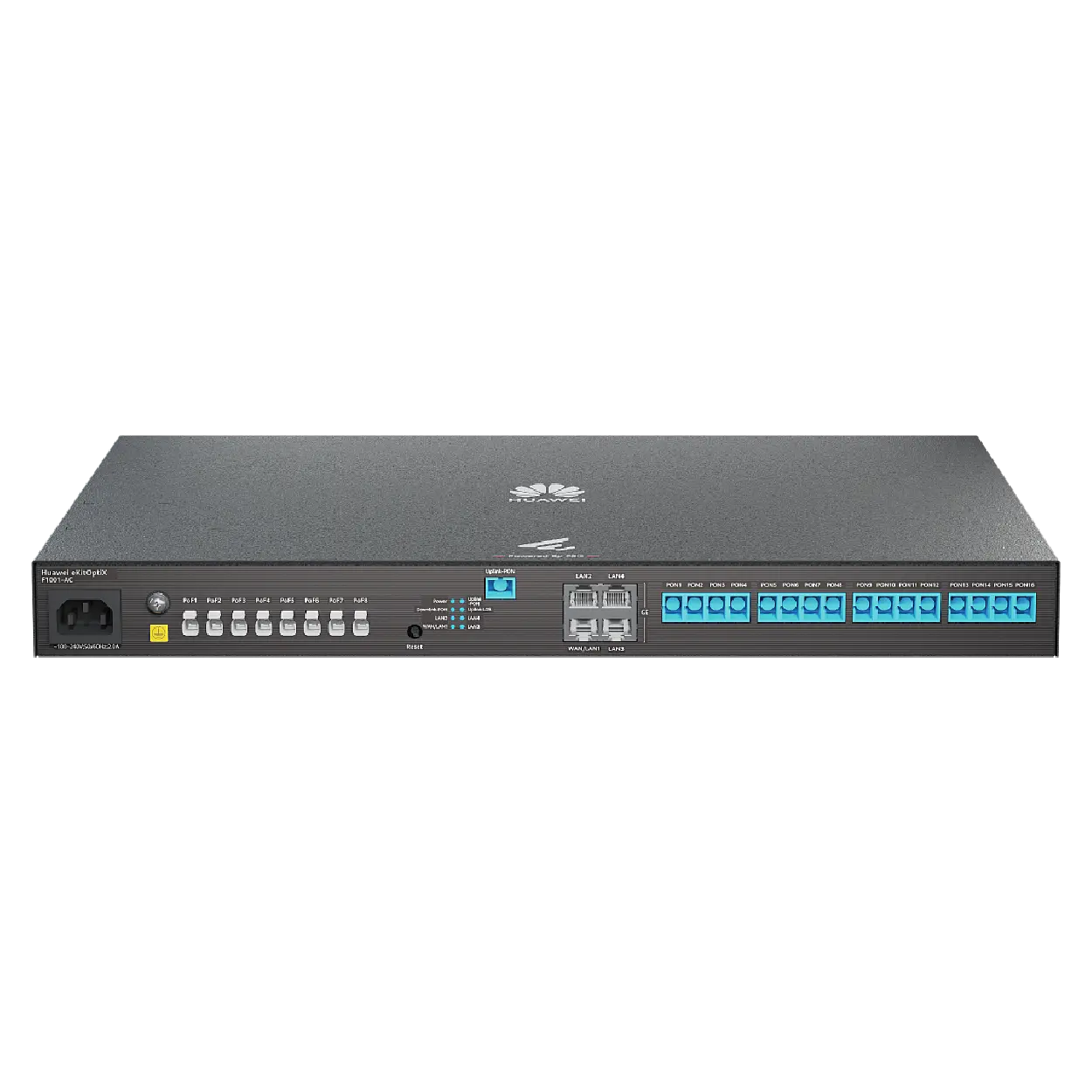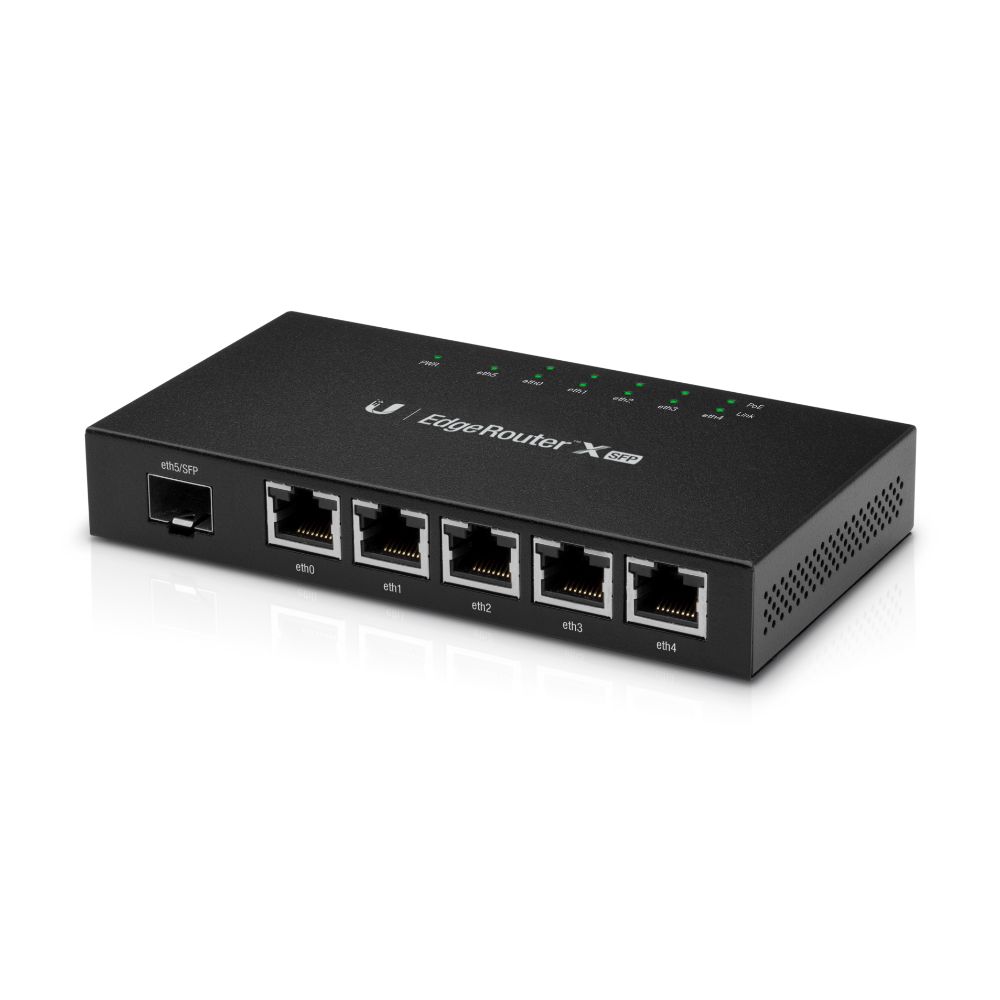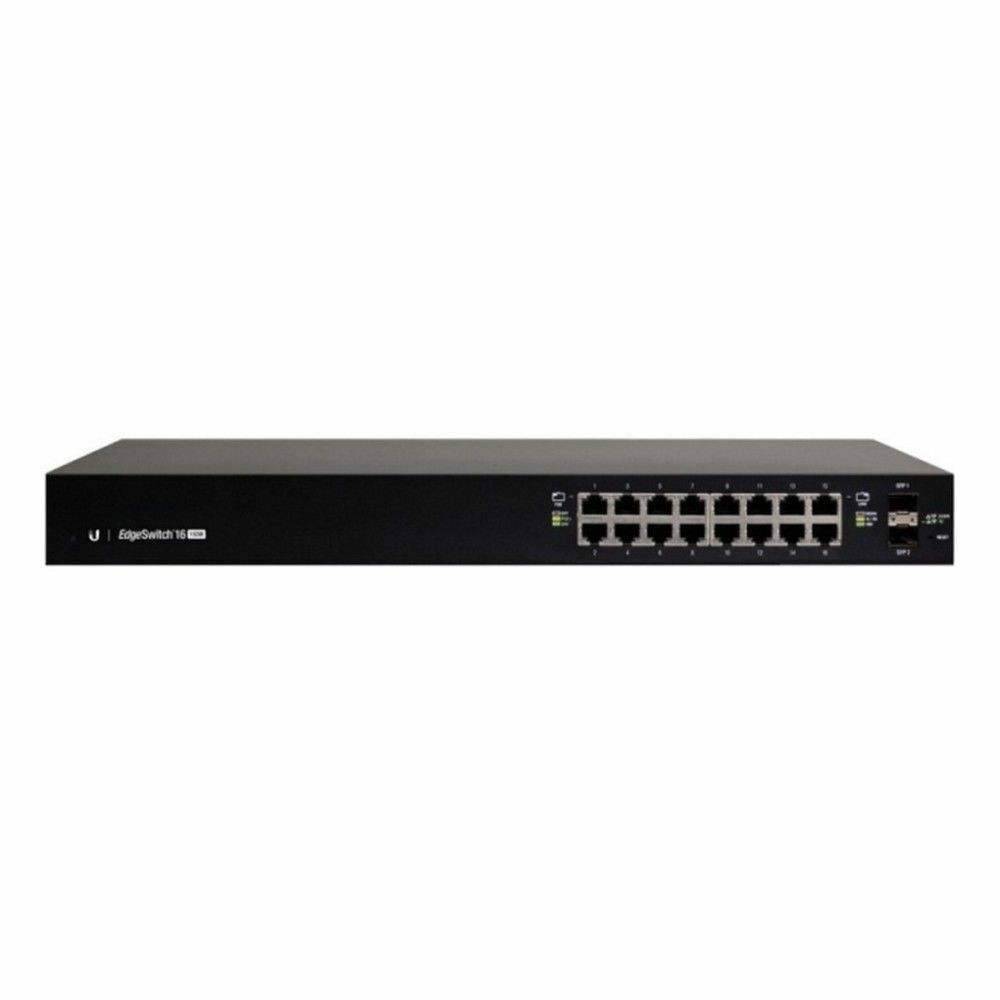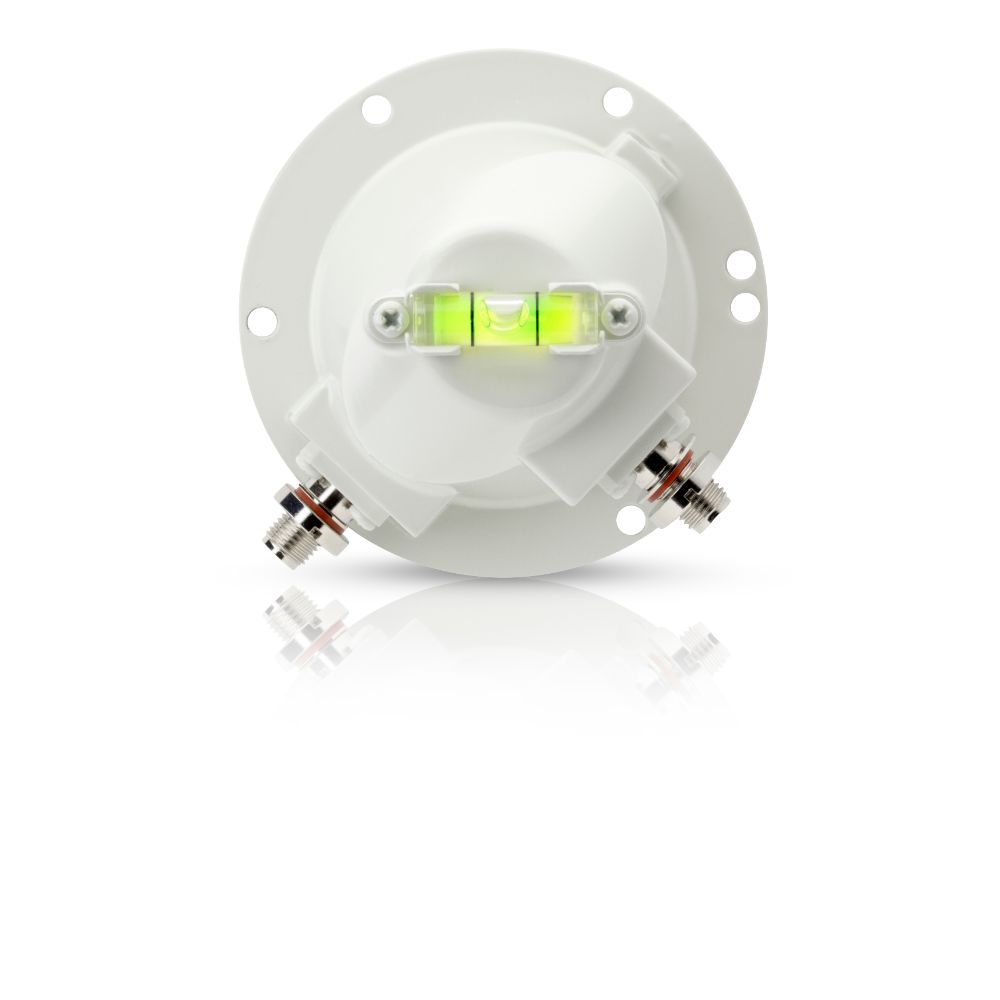An Optical Gateway is an advanced device designed to connect end-users to a fiber-optic network. It serves as a critical interface between the optical fiber infrastructure and customer premises equipment (CPE). Optical Gateways combine the functions of an Optical Network Unit (ONU) or Optical Network Terminal (ONT) with additional features such as routing, Wi-Fi, voice, and data services.
-
Terminates optical fiber and converts optical signals into electrical signals for onward communication.
-
Facilitates bidirectional data transfer for internet, voice, and video services.
-
Data: High-speed internet access for browsing, streaming, and downloading.
-
Voice: VoIP support for telephone services.
-
Video: IPTV and HD video conferencing.
-
Acts as a router, enabling wired and wireless (Wi-Fi) connectivity for multiple devices.
-
Provides advanced routing features such as Network Address Translation (NAT), Dynamic Host Configuration Protocol (DHCP), and Quality of Service (QoS) settings.
-
Supports 2.4 GHz and 5 GHz Wi-Fi bands for enhanced coverage and speed.
-
Utilizes Wi-Fi 5 (802.11ac) or Wi-Fi 6 (802.11ax) standards, ensuring high throughput and minimal interference.
-
Equipped with multiple Gigabit Ethernet (GE) ports for wired connections.
-
USB ports for storage sharing, printers, or other peripherals.
-
POTS (Plain Old Telephone Service) ports for legacy telephony system
-
WPA3 encryption for Wi-Fi security.
-
Firewalls and parental controls for safe and secure browsing.
-
Secure firmware updates and authentication protocols.
-
Remote management capabilities through Optical Line Terminal (OLT) or cloud platforms.
-
Real-time diagnostics for troubleshooting and performance monitoring.
-
Easy-to-use web interface or mobile apps for configuration.
-
Low power consumption design, supporting green networking initiatives.
-
May feature Power over Ethernet (PoE) options to eliminate the need for additional power source
| Feature | Details |
|---|---|
| Uplink Interface | GPON or EPON (SC/UPC or SC/APC optical connector) |
| Downlink Ports | 2–4 GE ports, 1–2 POTS ports, USB 2.0/3.0 ports |
| Wi-Fi Standards | Dual-band (2.4 GHz & 5 GHz), Wi-Fi 5/6 |
| Routing Features | NAT, DHCP, VPN, QoS |
| Optical Sensitivity | -28 dBm to -8 dBm |
| Power Supply | 12V DC or PoE |
| Operating Temperature | 0°C to 45°C |
| Form Factor | Desktop or wall-mounted |
-
Fiber-to-the-Home (FTTH): High-speed internet access for streaming, gaming, and smart home integration.
-
Telephony and IPTV: Provides seamless voice and video services.
-
Connects offices to high-speed fiber internet for VoIP, file sharing, and secure VPN access.
-
Supports multiple users and devices with robust network management.
-
Enables real-time communication and monitoring for IoT devices in factories.
-
Facilitates remote management of industrial networks
-
Supports telemedicine, e-learning, and e-governance applications.
-
Provides reliable connectivity for public Wi-Fi hotspots.
-
-
Provides Gigabit-level speeds over a fiber-optic network.
-
Maintains consistent performance with minimal downtime.
-
Supports next-generation services like Wi-Fi 6 and 4K video streaming.
-
Allows simultaneous connections for multiple wired and wireless devices.
-
Combines multiple functionalities in a single device, reducing equipment cos
-
-
-
-
-
The Optical Gateway is a versatile and essential device for modern networking. Its ability to deliver high-speed internet, voice, and video services, coupled with advanced routing, Wi-Fi, and security features, makes it ideal for residential, commercial, and industrial use. As fiber-optic technology continues to evolve, Optical Gateways play a pivotal role in meeting the growing demands for bandwidth, connectivity

![Microtech_Logo_with_Slogan[1]-01 Microtech_Logo_with_Slogan[1]-01](https://microtech.net.pk/wp-content/uploads/2023/10/Microtech_Logo_with_Slogan1-01.png)







